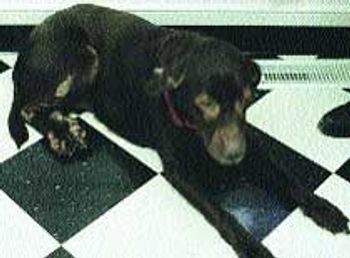
Canine scabies is often missed (reportedly 70 percent of the time) and should always be considered.

Dr. Jeromin is a pharmacist and veterinary dermatologist in private practice in Cleveland, Ohio. She is a 1989 graduate of The Ohio State University College of Veterinary Medicine and an adjunct professor at Case Western Reserve University's College of Medicine in Cleveland. Dr. Jeromin serves on DVM Newsmagazine's Editorial Advisory Board.

Canine scabies is often missed (reportedly 70 percent of the time) and should always be considered.
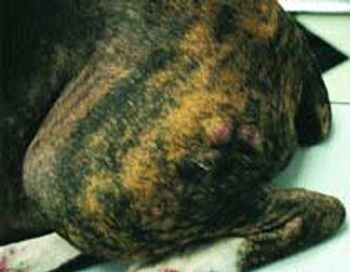
Dr. Alice Jeromin identifies skin conditions that can serve as early warning signs of internal disease. Using these clues practitioners can help prolong the lives of their patients.
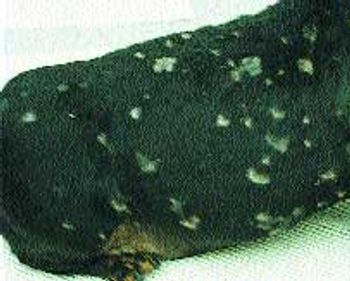
All of us, at one time or another, were probably guilty of treating one of our sarcoptic mange patients as an allergic patient. It is the perfect example of a patient with the same clinical appearance and symptoms of two diseases: atopy vs. sarcoptic mange.
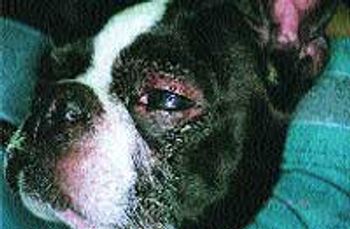
As mentioned in the first article (Feb. 2002) of this series, the presentation of the pruritic dog can be frustrating for the veterinarian because of the number of possible differential diagnoses.

One of the most frustrating and time-consuming problems in everyday veterinary medicine is the presentation of the dog with pruritus.
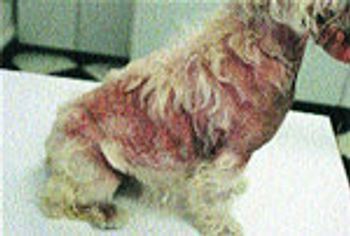
I often get referrals of patients on immunotherapy that "aren't doing well" or hear from the owner that "those shots never helped so we stopped them."
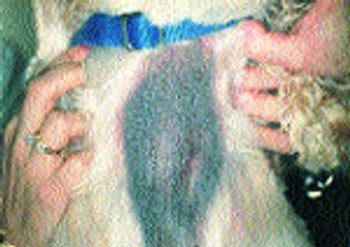
Malassezia (yeast) dermatitis can result in a primary skin problem or be present secondary to underlying disease.

Malassezia (yeast) dermatitis can result in a primary skin problem or be present secondary to underlying disease. Because its presence can mimic (and complicate) other diseases such as atopy and food allergy, it is important to know how to recognize the organism, and of course, treat for it.
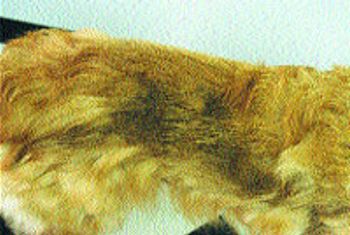
Dr. Alice Jeromin tackles diagnosing and managing genetic skin diseases such as sebaceous adentitis (SA) and canine familial dermatomyositis (DMS).

I love word derivations. For example, "hepato" means liver and "cutaneous" denotes skin. Quickly tying the two together, one is suspicious of a relationship between the two organs.
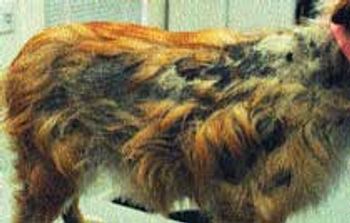
Although recognizing a bacterial pyoderma in a canine patient is relatively easy, eradicating the pyoderma can be difficult.

As we all know, dermatology is a very "visual" science. But what you see is only a part of what is actually occurring.